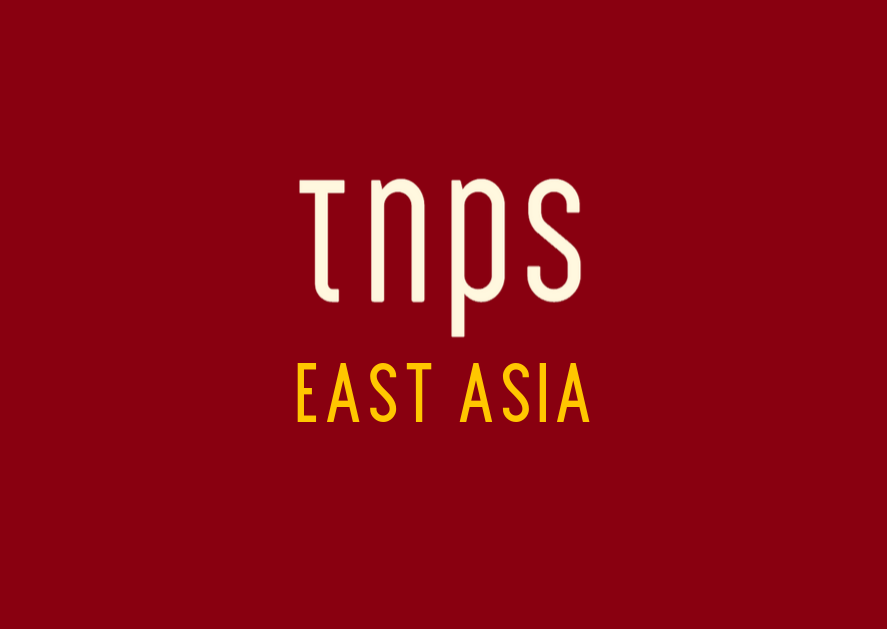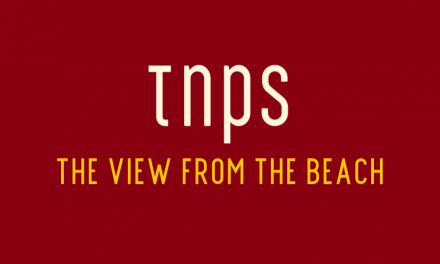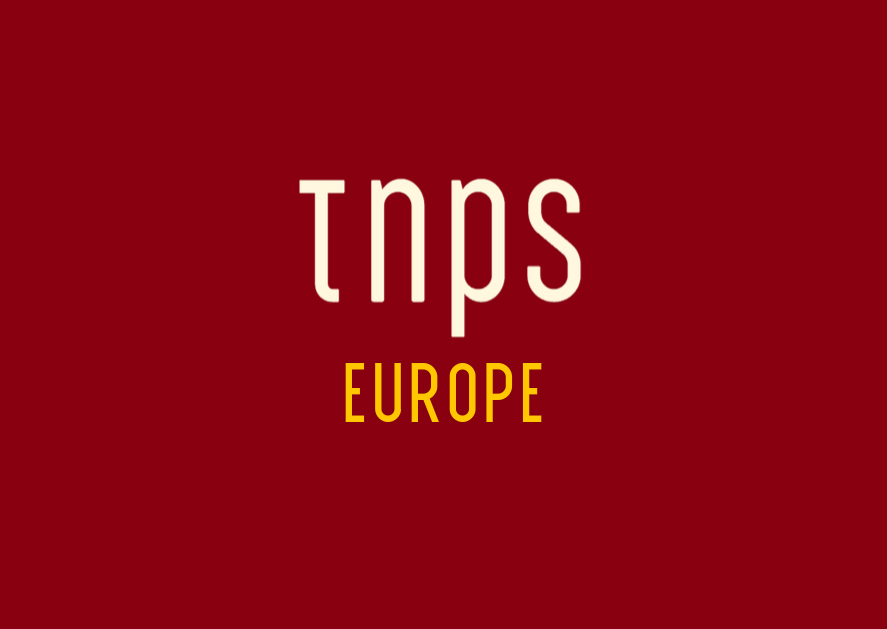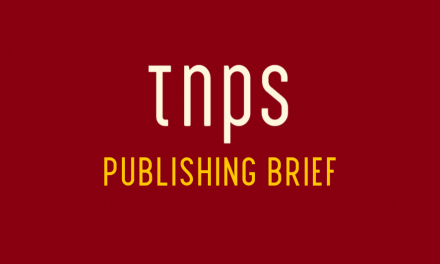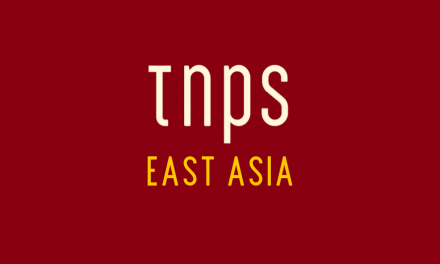As a sub-genre becomes saturated, publishers must pivot to new genres to stay relevant. The current interest in horror and dystopian AI presents an opportunity, but it also comes with the risk of market saturation if not managed carefully.
In the competitive world of global publishing, staying ahead of trends is crucial for success. As publishers rush to capitalise on the latest hot genres, markets can quickly become saturated, leading to challenges in maintaining reader interest and sales.
That’s a core theme in the latest K-Book Trends report, where Barbara Zitwer looks at an exciting, but challenging-to-navigate South Korean book market aiming to get its talent noticed on a global scale.
Over a decade ago, Korean literature began making waves internationally with literary masterpieces like Please Look After Mom by Shin Kyung-Sook and The Vegetarian by Han Kang. These initial successes, explains Zitwer, opened the door for Korean thrillers and mysteries, which found eager audiences among fans of global bestsellers like The Girl With The Dragon Tattoo. Titles such as Jeong You-Jeong’s The Good Son and J.M. Lee’s The Investigation became popular, blending familiar thriller elements with unique Korean cultural aspects.
However, as Korean literature gained popularity, publishers flooded the market with similar titles, leading to a glut. This phenomenon is now being observed with “convenience store books,” a genre that has seen every publisher trying to secure their own bestseller. While these books are charming, the market’s saturation means readers are already looking for the next big trend.
Post-pandemic, there has been a significant demand for books that offer comfort and happiness. Titles like Rhee Kun-Hoo’s If You Live to 100, You Might as Well Be Happy and Jeong You-Jeong’s Perfect Happiness have become global bestsellers. Yet, as with Korean thrillers, the market is becoming oversaturated with self-healing and happiness books, prompting publishers to seek new, exciting genres to capture readers’ attention.
Enter, stage right, horror and dystopian AI.
Currently, horror and dystopian AI-themed books are gaining traction as the next big trends. The horror genre, in particular, is experiencing a resurgence. Hachette’s launch of its horror imprint, RUN FOR IT Books, highlights the growing interest in this genre. Authors like Pyun Hye-Young, whose novel The Hole has been adapted for film, are leading this trend with their unique takes on horror that resonate with contemporary concerns about the environment and societal alienation.
Unsurprisingly, dystopian AI narratives are also captivating readers. Jyung Myung Lee’s Where I Cease To Exist explores the dark side of AI, while Dolki Min’s Walking Practice and Bora Jin’s Memory Care offer chilling projections of future societies dominated by technology. These books not only entertain but also provoke thought about the ethical and existential implications of AI (and indirectly fuel the paranoia in the publishing industry itself).
As the market for self-healing and happiness books becomes saturated, publishers must pivot to new genres to stay relevant. The current interest in horror and dystopian AI presents an opportunity, but it also comes with the risk of market saturation if not managed carefully. Publishers need to balance the excitement of new trends with the foresight to anticipate and adapt to future shifts in reader preferences.
By staying ahead of the curve and continuously exploring new literary landscapes, publishers can navigate the challenges of glutted markets and maintain their competitive edge in the global publishing industry.
Which gives smaller and independent presses a good chance to compete with the corporate publishing giants that move slowly and are more risk-aversive.
This post first appeared in the TNPS LinkedIn newsletter.

